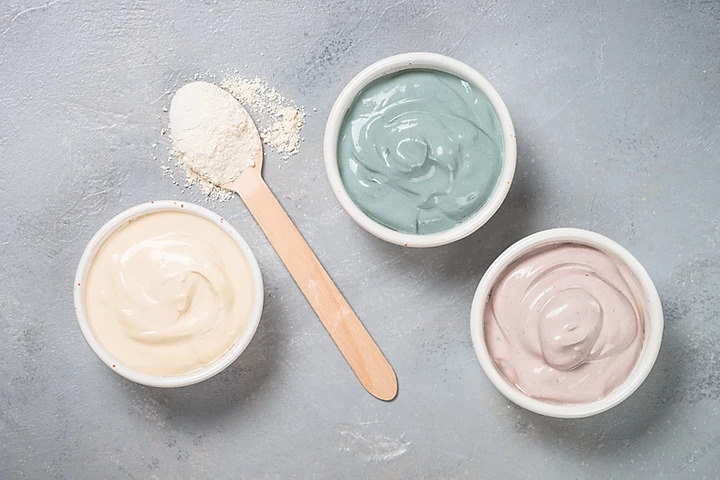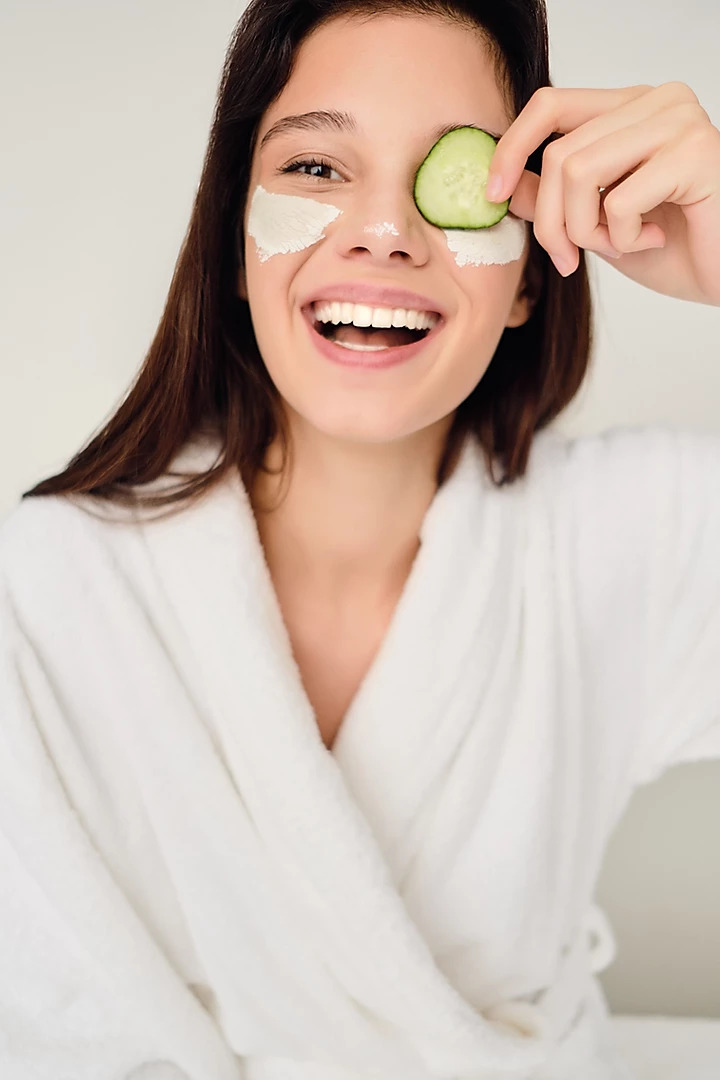So What is
Multi-masking?
THE SCIENCE OF MULTI-MASKING
Multi masking is the technique in which one uses two masks or more at once to target specific skin concerns or to bolster the effects of one of the masks. Multi masking can be done in different ways depending on your skin type, concerns, and mood. The Multi masking is one of the best types of self-care, because it is relaxing, and it allows you to really consider what your skin needs. The Science of Multi-Masking.
Shifting skin concerns or Combination skin require a more targeted approach. That’s where multi-masking comes in!. Multi-masking targets different areas to address the appearance of your skin at once and help improve it.
Whatever your skin concerns are,
there’s always a mask combo for you!
There are 3 ways for Multi-masking:
1. Zoning, apply different masks to different parts of the face, depending on the specific concerns and needs of different parts of the face. The classic way of doing this is by using a mattifying mask on oily parts of the skin. (Commonly on the T-zone) and using a moisturizing mask on drier parts of the face (commonly the cheeks, jaw, and around the eyes).

2. Layering, Layering masks is exactly what it sounds likes. You apply one mask first, and then follow it up with a second mask. When layering masks. It is important that the two masks have ingredients that work well together, and that the first mask applied does not block the absorption of the second mask. It is a great technique for pairing creamy skincare masks with occlusive sheet masks.
3. One by One, Especially when it comes to clay masks, layering doesn’t work too well. If you want the benefits of a clay mask all over your face. But you also want the benefits of a nourishing or hydrating mask, you can simply go one by one. First, clarify the skin with a clay-based mask, remove it, and then follow it up with a more hydrating mask.
Masks for the Oily Parts
The key ingredient in absorbing excess oils and mattifying the skin is clay. It is perfect for anyone wanting to minimize their pores and eliminate oils, which is an especially common need in the T-zone of the face.
Masks for Acne-Prone Areas
While clays might help control the oil production that is quite common with acne-prone skin, the key for treating acne should be soothing masks, loaded with anti-inflammatories like willow bark extract or yarrow essential oil.
Masks for Dry Patches
Rich masks with loads of both emollient and humectant ingredients are the best thing for treating dry patches, in addition to proper exfoliation. Look for rich botanical oils and butter, like shea butter and rose-hip oil.
Masks for Parched Skin
Hyaluronic Acid and vitamin B5 are your friends if your skin is dehydrated and lacking water. Gel-based masks will do the best job of saturating your skin with moisture, and they work beautifully regardless of whether your skin is dry or oily.
Masks for Mitigating Premature Aging
There are a ton of excellent anti-aging ingredients you can find when multi-masking. All kinds of vitamins have powerful regenerative and antioxidant properties, while exfoliants can help speed up cell renewal and reduce the look of fine lines and wrinkles.
From something as simple as green tea extract all the way to trademarked peptides, you have tons of options that will all figure into my recommendations for the best masks for multi masking.

Masks for Fighting
Hyper-Pigmentation & Scarring
The key ingredients to lighten texture and pigmentation issues in the skin are ones that trigger skin cell regeneration while promoting the shedding of dead skin cells. Ingredients that will reduce melanin production in the skin will also help. These include vitamin C, vitamin A, licorice root extract, alpha lipoic acid, and many more. It is very important to pair them with exfoliation to create real, radical change in the skin.
Masks for Puffiness
Having the skin puff up and become swollen is especially common below the eyes, although it can sometimes happen to other parts of the face. A cold mask will be your best friend, so place your mask of choice in the skincare fridge before applying it.
For around the eyes, you can apply dedicated mini-sheet masks.
The best ingredients to treat puffiness are mild, soothing astringents like witch hazel or cucumber extract.
Masks for Sensitive Skin
If your skin flares up easily, with redness, itchiness, or even stinging and pain, you generally want to be careful. This is especially common on the cheeks, and around the eyes and mouth.
There are a ton of ways to mask that will help mitigate irritation and sensitivity, regardless of whether it is caused by an allergic reaction or a skin condition like rosacea or eczema. Look for both anti-inflammatory ingredients like green tea or calendula and nourishing and skin-repairing ingredients like botanical oils and humectants.
¿Habías probado alguna vez el uso de mascarillas múltiples? ¿Cuáles son vuestras mascarillas favoritas para multimasking? ¡Haznos saber!




